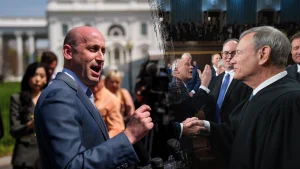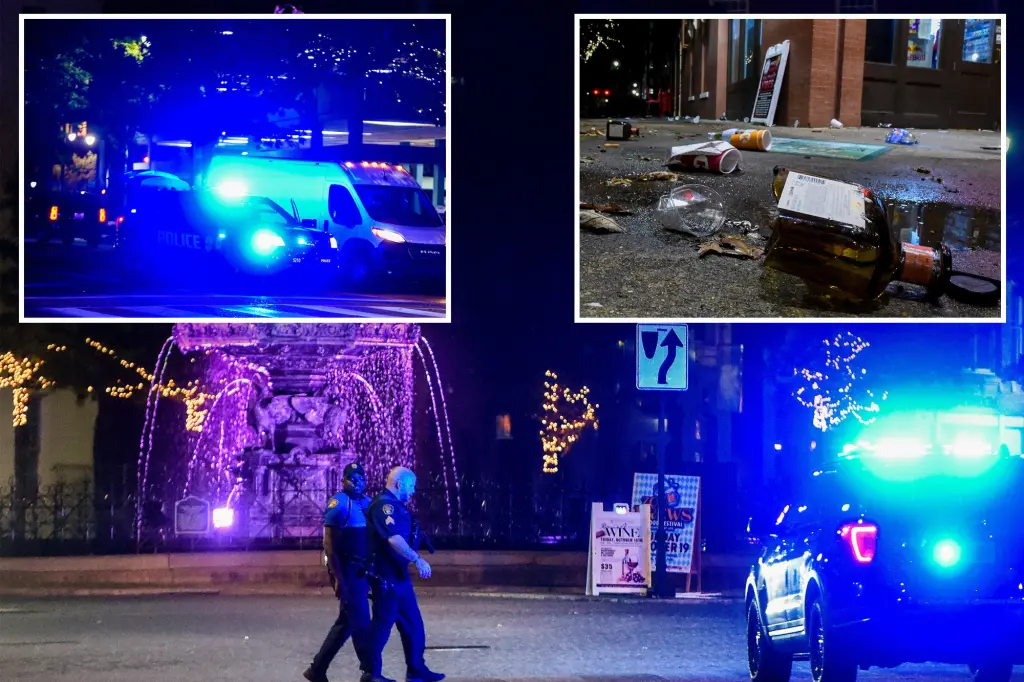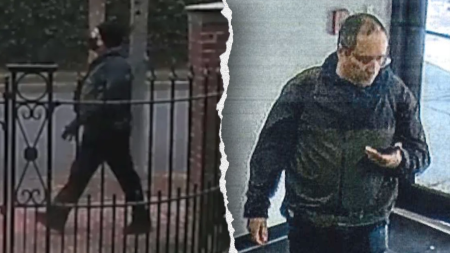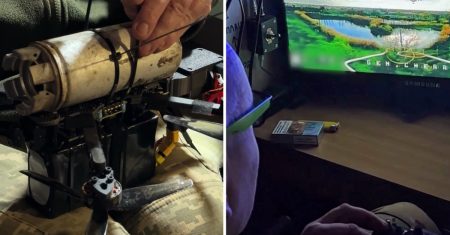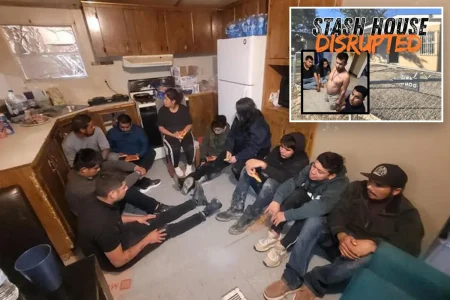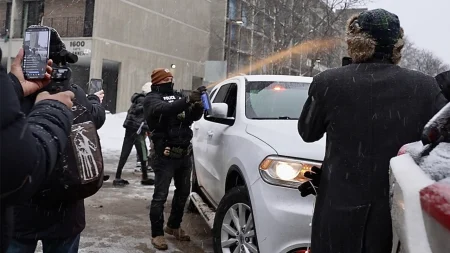Tragedy Strikes Montgomery: A Community Grapples with Mass Shooting
In the heart of Montgomery, Alabama, what began as a festive Saturday night following a college football game between Tuskegee University and Morehouse College quickly descended into chaos and tragedy. As the clock approached 11:30 PM on that fateful evening, the vibrant downtown tourist district, still buzzing with post-game energy, became the scene of a horrific mass shooting that left two people dead and fourteen others injured. Among the victims were innocent bystanders, including children, caught in the crossfire of what authorities describe as a dispute between rival groups that spiraled violently out of control. The incident has sent shockwaves through the community, raising difficult questions about public safety and gun violence in America.
According to Montgomery Police Department Chief James Graboys, the violence erupted when a confrontation between two opposing groups escalated into a running gun battle through the crowded streets. What makes this incident particularly disturbing is the apparent disregard for human life displayed by the perpetrators, who fired indiscriminately into crowds of people who had gathered to celebrate after the game between the two historically Black colleges. “This was two parties involved that were basically shooting at each other in the middle of a crowd,” Graboys explained to local media, adding that the shooters “did not care about the people around them when they did it.” This callous disregard resulted in the death of a woman and left multiple others fighting for their lives, including at least one child with life-threatening injuries.
The aftermath of the shooting has left the Montgomery community reeling as families anxiously await news about their loved ones. Of the fourteen people injured, twelve remain hospitalized as of the latest reports. According to MPD Lieutenant Tina McGriff, three victims continue to battle life-threatening conditions, while nine others are being treated for non-life-threatening injuries. The diversity of the victims – spanning different ages, including children – underscores the random nature of the violence and how it has touched multiple segments of the community. Behind each statistic is a personal story: a family dinner interrupted, a celebration cut short, a life forever changed by being in the wrong place at the wrong time.
The timing and location of the shooting have added layers of significance and sorrow to this tragedy. The violence erupted in Montgomery’s downtown area, a district that has worked hard to revitalize itself and become a vibrant tourist destination and community gathering place. Furthermore, the shooting occurred just after a football game between two prestigious historically Black colleges, an event that should have been a celebration of achievement, community, and friendly competition. Instead, what should have been memories of camaraderie and school pride have been overshadowed by violence and loss. This juxtaposition of celebration and tragedy makes the event all the more poignant for community members trying to make sense of the senseless.
As the investigation continues, law enforcement officials face the challenging task of identifying and apprehending those responsible for the shooting. Despite the public nature of the incident and the numerous witnesses present, no arrests had been made at the time of reporting. This highlights the complexities involved in investigating such cases, even when they occur in crowded areas. Police are likely reviewing security footage, interviewing witnesses, and analyzing forensic evidence to piece together exactly what happened and who was involved. The lack of immediate arrests also raises questions about whether witnesses may be reluctant to come forward, possibly out of fear of retaliation or mistrust of authorities – issues that complicate many investigations into community violence.
This tragedy in Montgomery joins a disturbingly long list of mass shootings that continue to plague communities across the United States. Beyond the immediate grief and trauma experienced by those directly affected, such events ripple through society, influencing how people perceive public safety and community gatherings. They raise difficult questions about gun access, conflict resolution, and the underlying social factors that contribute to violence. As Montgomery begins its healing process, community leaders, law enforcement, and citizens alike will need to engage in difficult but necessary conversations about how to prevent such tragedies in the future. The true measure of a community often comes not in how it celebrates in good times, but in how it comes together to support one another and seek solutions in the aftermath of tragedy.

